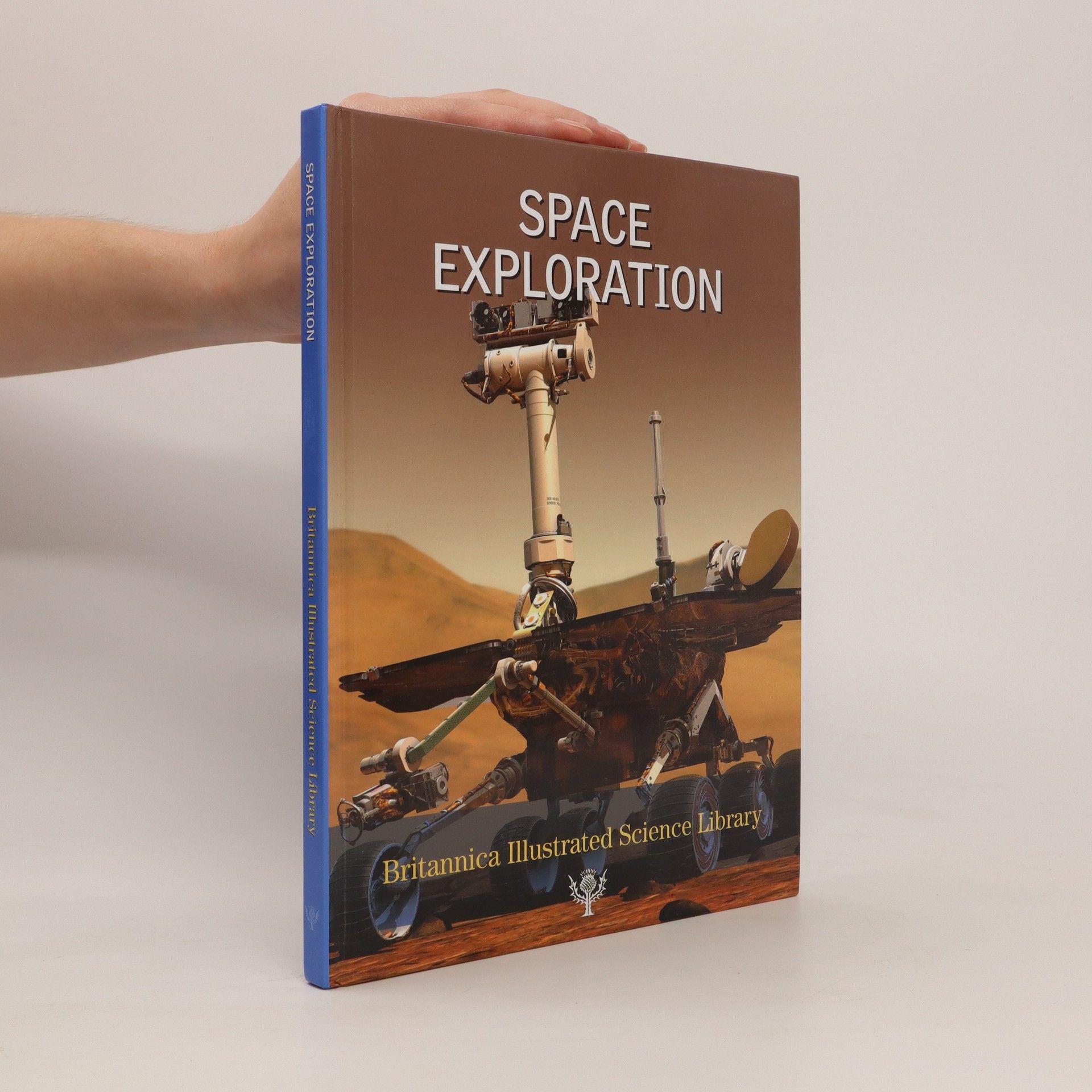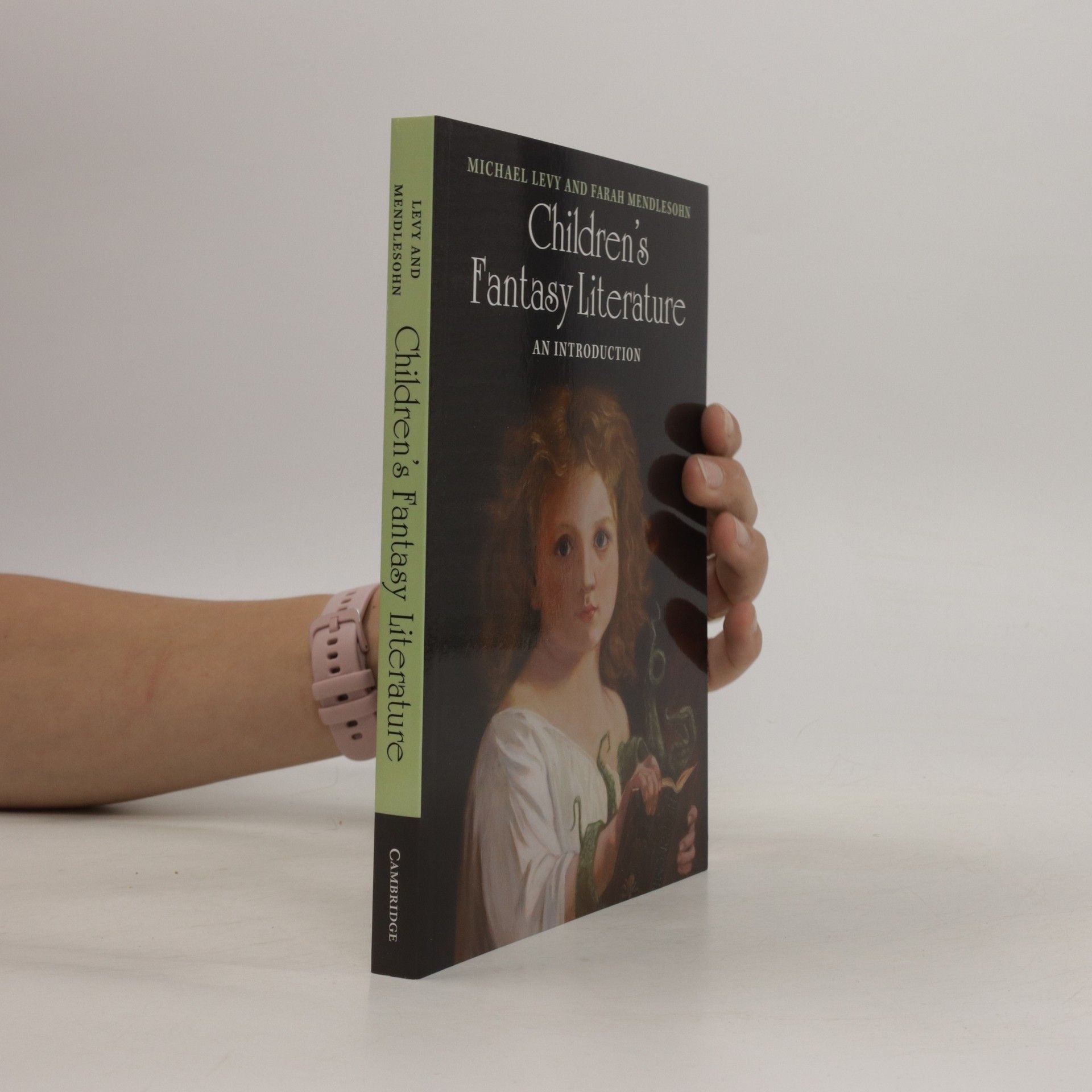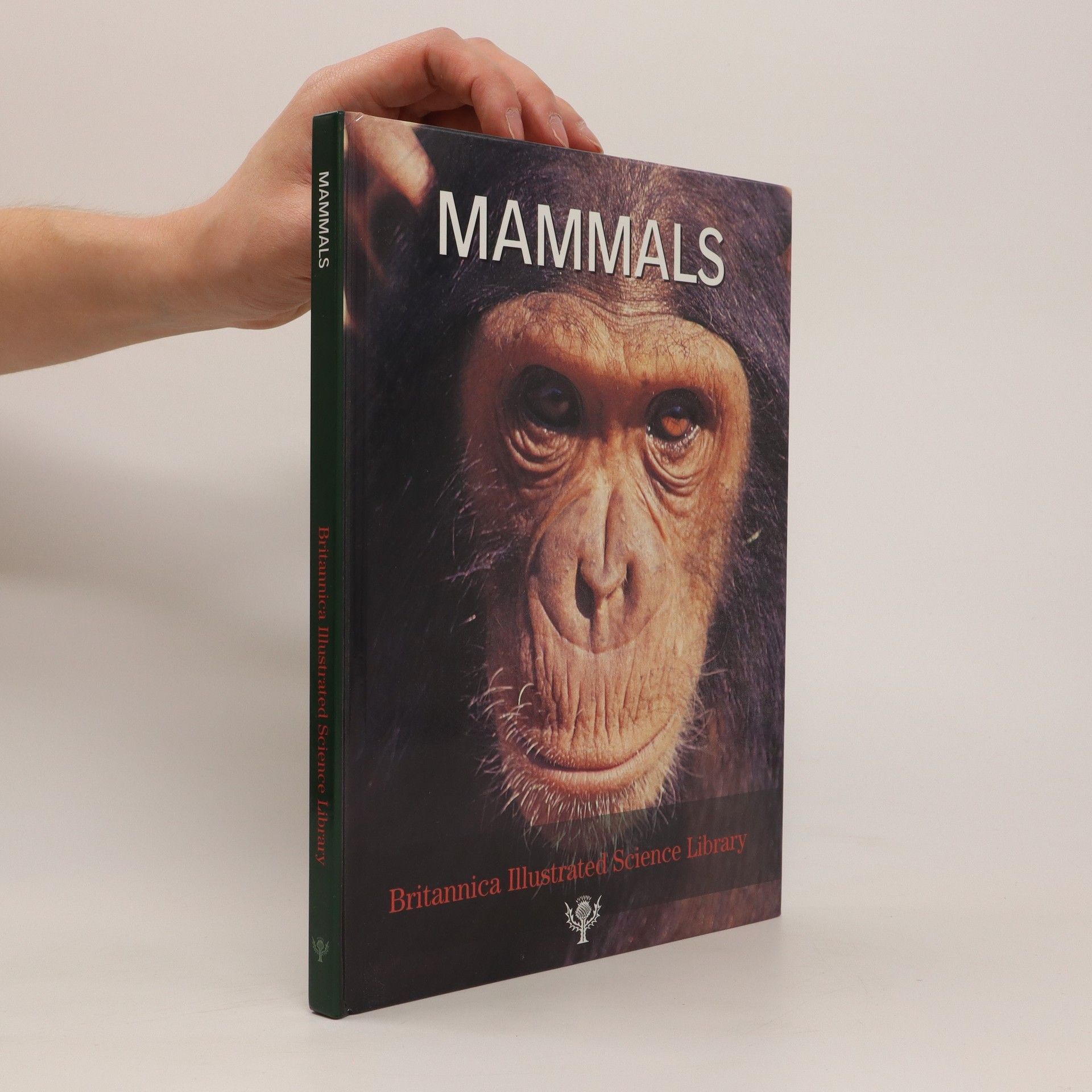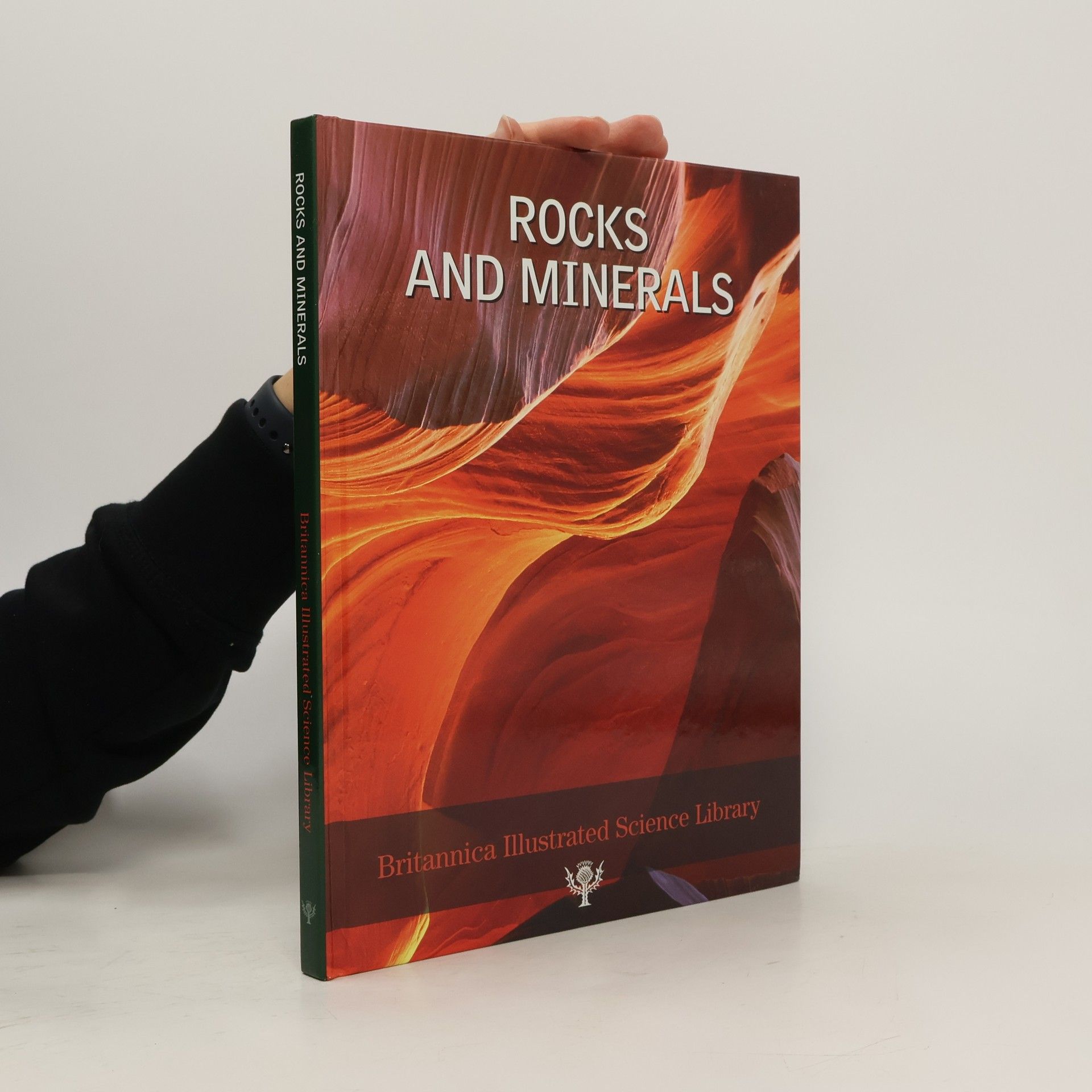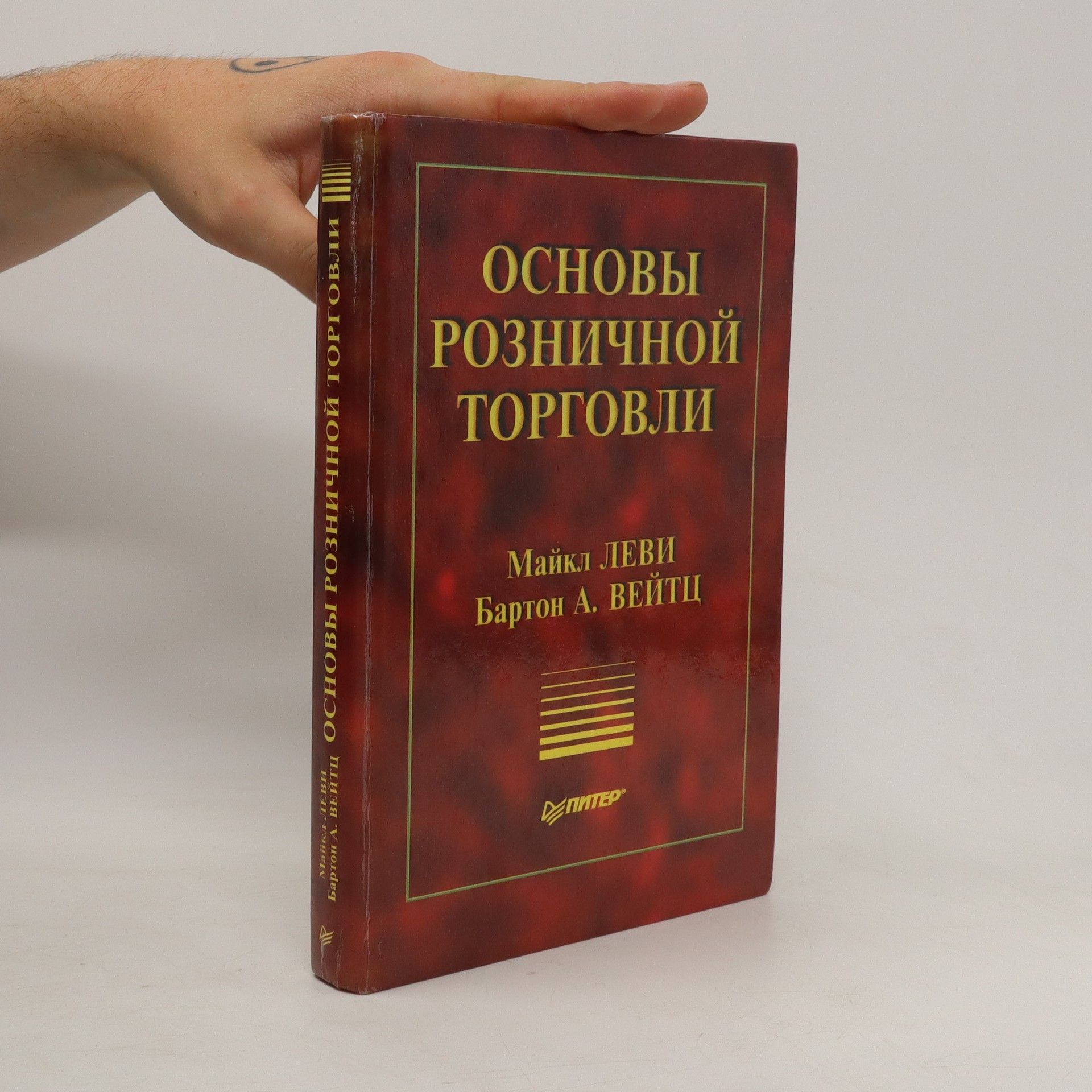Rocks and Minerals
- 101 pages
- 4 hours of reading
Rocks and Minerals, is one book in the Britannica Illustrated Science Library Series that is correlated to the science curriculum in grades 5-8. The Britannica Illustrated Science Library is a visually compelling set that covers earth science, life science, and physical science in 16 volumes. Created for ages 10 and up, each volume provides an overview on a subject and thoroughly explains it through detailed and powerful graphics-more than 1,000 per volume-that turn complex subjects into information that students can grasp. Each volume contains a glossary with full definitions for vocabulary help and an index.

